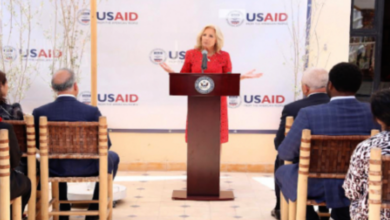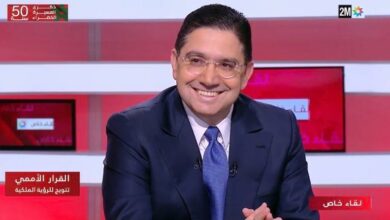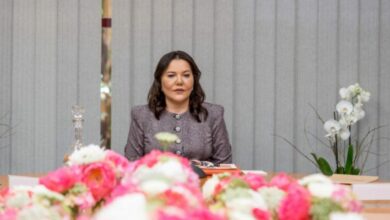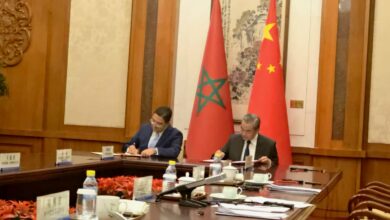Rapid Dismissals and an Absent President… Who Really Governs Algeria?
Rapid Dismissals and an Absent President… Who Really Governs Algeria?

ALDAR / Iman Alaoui
Algeria has been shaken in recent days by a new political earthquake following President Abdelmadjid Tebboune’s surprise decision to dismiss Prime Minister Nadir Larbaoui and appoint Sifi Ghrieb as interim head of government. The move did not go unnoticed, as it came during a tense political and social climate and amid Tebboune’s continued absence from public view for weeks, with only faint appearances through official statements and archival photos broadcast by state television.
On the surface, the dismissal was linked to the Oued El-Harrach tragedy, which claimed 18 lives, with the presidency holding the government politically accountable. Yet many observers viewed it as an attempt to present a scapegoat to ease pressure on the authorities—especially since the deeper reasons appear tied to internal power struggles within the regime and a lack of cohesion between the presidency and the government.
Since Tebboune’s election in 2019, Algeria has seen four prime ministers in just five years: Abdelaziz Djerad (2019), Aymen Benabderrahmane (2021), Nadir Larbaoui (2023), and now Sifi Ghrieb in 2025. Each served, on average, less than a year and a half. This pace suggests a lack of political stability and reinforces the perception of a system addressing crises through cosmetic reshuffles rather than genuine reforms.
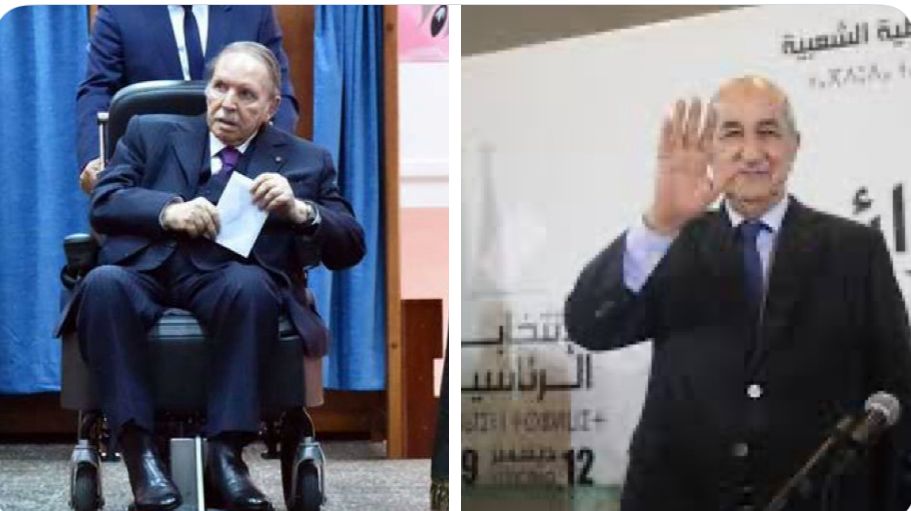 This dynamic recalls the years of Abdelaziz Bouteflika’s rule, when frequent changes of prime ministers were used to absorb public anger or manage internal crises without altering the regime’s core. The result was an executive authority that consistently appeared weak, hostage to higher-level power balances, and reduced to executing decisions made elsewhere.
This dynamic recalls the years of Abdelaziz Bouteflika’s rule, when frequent changes of prime ministers were used to absorb public anger or manage internal crises without altering the regime’s core. The result was an executive authority that consistently appeared weak, hostage to higher-level power balances, and reduced to executing decisions made elsewhere.
On the Algerian street, questions are mounting about the president’s conspicuous absence, particularly as state television relies on old images and archived videos to reassure public opinion. Some link this absence to health issues, while others see it as evidence of the presidency’s inability to fully exercise its powers under the dominance of the military establishment.
International media have also taken note. French and Spanish newspapers argued that Tebboune is following in Bouteflika’s footsteps by “governing from the shadows.” Other analyses highlighted the fragility of Algeria’s executive system, which rotates prime ministers at an unprecedented pace—harming the country’s image abroad and negatively impacting investment climate and economic partnerships.
Notably, none of these dismissals have altered the structure of governance. The fundamental equation remains intact: real political power lies with the military establishment, which holds the keys to the game and sets the broad outlines of state policy. The president, by contrast, oscillates between a protocol figurehead and a mediator among competing power centers.
This explains why changes in prime ministers have failed to provide solutions to Algeria’s deep economic crises—from youth unemployment to overdependence on oil and gas revenues—and have instead deepened the public perception that the regime merely reproduces itself through the same mechanisms.
Larbaoui’s dismissal was not just a passing political event but rather a new indicator of the structural crisis gripping Algerian institutions: an absent president, short-lived governments, and a military establishment that remains the true holder of power. While the regime attempts to calm the situation with superficial measures, the pressing question lingers: Who really governs Algeria? And can this style of rule endure without sparking another eruption in the streets?

